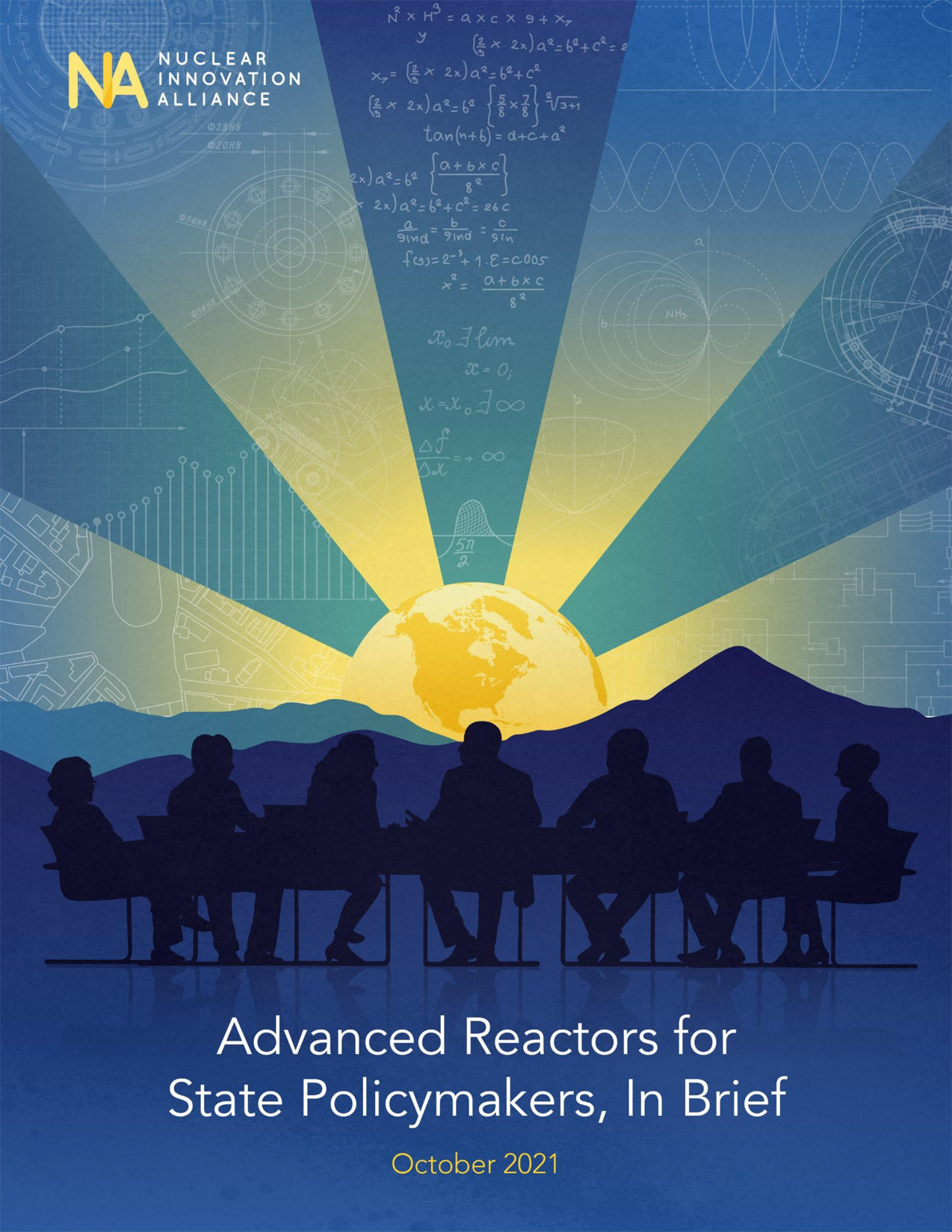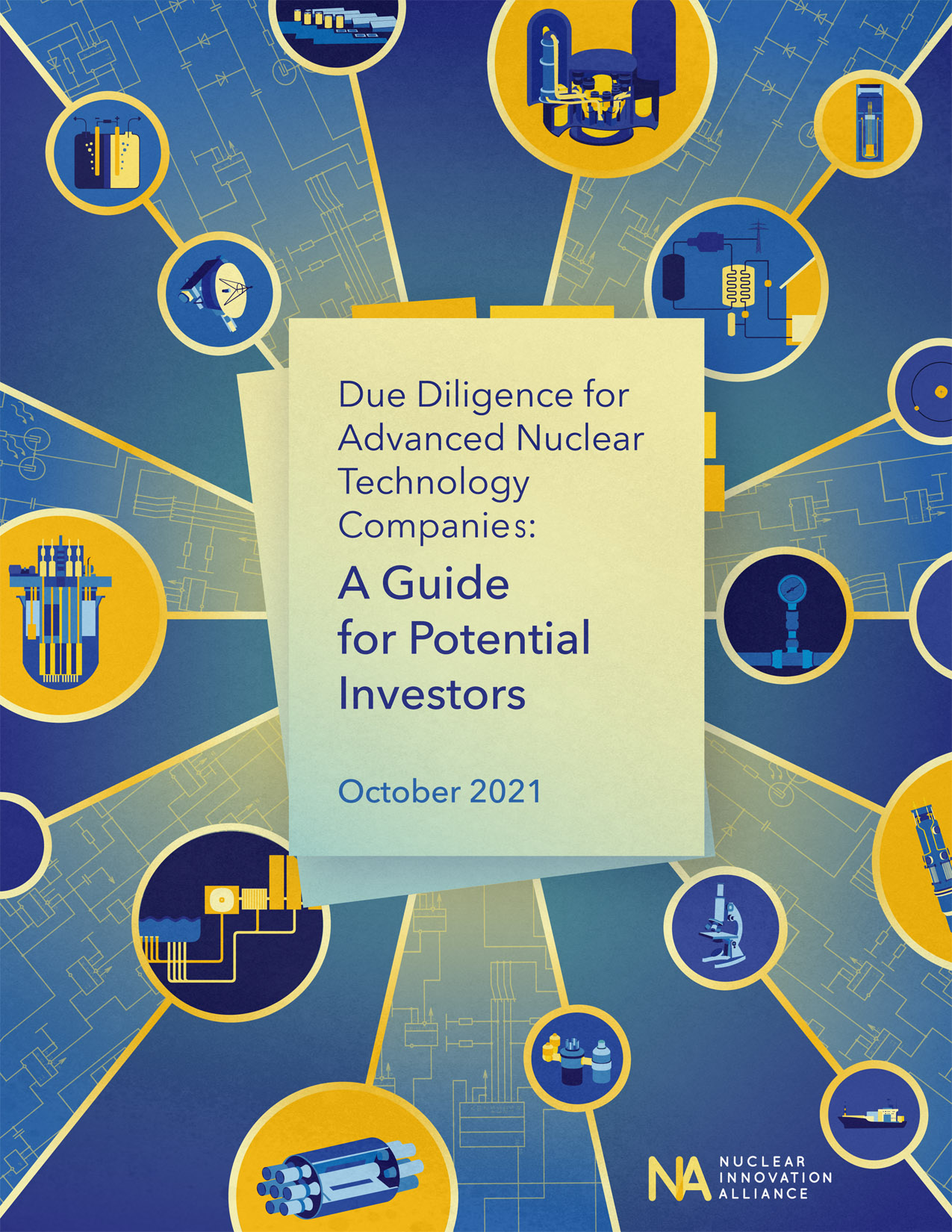ORNL’s Benjamin Manard places a swipe on the extraction stage of Advion’s Plate Express, a microextraction tool that has been paired with a mass spectrometer. (Photo: Carlos Jones/ORNL, DOE)
International nuclear safeguards verification relies on a precise count of isotope particles collected on swipes during International Atomic Energy Agency inspections of nuclear facilities and isolated through a series of lengthy chemical separations that can take about 30 days to complete. On October 15, Oak Ridge National Laboratory—a member of the IAEA’s Network of Analytical Laboratories (NWAL)—announced that analytical chemists at the site have developed a faster way to measure isotopic ratios of uranium and plutonium collected on swipes, which could help IAEA analysts detect the presence of undeclared nuclear activities or material.
The Brokdorf nuclear plant, located in Germany’s Schleswig-Holstein region on the Elbe river, is scheduled to close later this year. (Photo: Alois Staudacher, CC BY-SA 3.0)
In an open letter published last week in Welt, 25 leading German and foreign academics, environmentalists, and journalists attempt to convince the German people that continuing with their nation’s phase-out of nuclear power is not a good idea, and certainly not a green one.
A PET imaging machine. (Photo: Wikimedia Commons)
ARTMS, a Canadian producer of medical isotopes, announced that it has registered the cyclotron production of gallium-68 with the government of Canada, filing a Type 1 Master File with the Health Products & Food Branch of Health Canada. The Ga-68 radioisotope is used in nuclear medicine diagnostic procedures utilizing positron emission tomography (PET) imaging.
Nuclear power capacity by scenario, 2020–2050 (STEPS: stated policies scenario, APS: announced pledges scenario, NZE: net-zero emissions by 2050 scenario). (Graphic: IEA World Energy Outlook 2021)
The International Energy Agency released its flagship report, World Energy Outlook 2021, on October 13, “at a time when policymakers are contending with the impacts of both climate change and volatile energy markets” and ahead of the COP26 Climate Change Conference in Glasgow, which begins October 31. With a net-zero emissions by 2050 (NZE) scenario that calls for nuclear power capacity to almost double by 2050, the report acknowledges that rapid development of advanced nuclear technologies could expand opportunities for nuclear energy to provide low-carbon electricity, heat, and hydrogen.
October 15, 2021, 3:26PMNuclear NewsMatt Palamara, Ali Fakhar, Stephen Smith, Patrick Fabian, Nathan Lang, and George Holoman Neutron noise monitoring allowed engineers to observe and interpret vibration characteristics captured by neutron flux detectors. (Photo: PSEG/Westinghouse)
The nuclear industry has historically relied on intermittent ultrasonic test and visual inspections of pressurized water reactor components to identify and manage degradation. While this reactive approach has proven to be effective, imagine a scenario in which the degradation could propagate throughout the reactor internals, making a more proactive measure necessary to avoid a major enterprise risk to the plant. Could a utility identify the onset of degradation within the reactor internals during plant operation? If so, could a repair be developed prior to the next refueling outage to prevent additional, cascading degradation? That is exactly the situation that Public Service Enterprise Group (PSEG) and Westinghouse engineers were able to navigate over the course of the 2019–2020 operating cycle at Salem Unit 1, resulting in a tremendous success for the plant and a historic landmark in the nuclear industry, while earning the team a 2021 Nuclear Energy Institute Top Innovative Practice (TIP) award.
Five sites have been shortlisted for the U.K.’s STEP fusion facility. (Image: UKAEA)
The United Kingdom has announced a shortlist of five sites as the potential future home of the U.K. Atomic Energy Authority’s (UKAEA) prototype fusion energy plant, the Spherical Tokamak for Energy Production (STEP). A final decision on the plant’s location is to be made by the U.K.’s secretary of state for business, energy and industrial strategy around the end of 2022.
The Darlington nuclear power plant.
The Canadian Nuclear Safety Commission has approved the renewal of the site preparation license for Ontario Power Generation’s Darlington new-build nuclear project. First granted in 2012, the license is now valid until October 11, 2031.
A view of the final remaining hot cell at the former Radioisotope Development Laboratory at Oak Ridge National Laboratory as it is prepared for demolition. (Photo: DOE)
Using a specialized radiation detector, Department of Energy cleanup contractor UCOR is characterizing a hot cell at Oak Ridge National Laboratory in preparation for its demolition. The detector overlays a radiation-intensity color-map on a picture of the environment and identifies gamma-emitting nuclides and their locations.
An electric continuous miner machine chews through the last wall of salt in Panel 8’s Room 7 of the Waste Isolation Pilot Plant to complete the rough cut of the panel. (Photo: DOE)
The Department of Energy’s Office of Environmental Management this week announced that after seven years, mining of the Waste Isolation Pilot Plant’s Panel 8 is finished. Created from an ancient salt formation 2,150 feet below the surface, Panel 8’s seven emplacement rooms are the next destination for transuranic waste brought to WIPP from DOE sites throughout the country.
One of two Westinghouse AP1000 reactors to remain unfinished at the Summer nuclear power plant. (Photo: SCE&G)
Kevin Marsh, former chief executive officer and chairman of the board of directors of SCANA Corporation, has become the first person to be sentenced to prison for involvement in the 2017 collapse of the $10 billion Summer nuclear plant expansion project. Marsh was sentenced in federal court on October 7 and in state court on October 11.
The failure to complete the construction of two Westinghouse AP1000 reactors at the single-unit nuclear plant in Jenkinsville, S.C., cost ratepayers and investors billions, damaged the brands of then owners SCANA and Santee Cooper, and put some 6,000 people out of work.
Inside the New Safe Confinement covering the sarcophagus of Chernobyl’s Unit 4. (Photo: SSE Chornobyl NPP)
A team of scientists from the United Kingdom’s University of Bristol were given access to the Chernobyl nuclear power plant in Ukraine, advancing a project to train robots and artificial intelligence systems to measure radiation and create 3D maps.
A slideshow of the team’s visit to Chernobyl’s Unit 4 control room and New Safe Confinement structure, where they deployed radiation mapping and scanning sensors, including a LIDAR-equipped robot call Rooster, appears on Gizmodo.
This June 2021 photo of ITER vacuum vessel sector #6 includes two panels of thermal shielding ready to slide into place. (Photo: ITER/Courtesy of Chang Hyun Noh)
Following a week of heightened attention to all things hydrogen preceding Hydrogen and Fuel Cell Day (October 8), Bernard Bigot, director general of the ITER Organization, published an op-ed on October 11 in The European Files, a magazine billed as an “effective work tool for European deciders.” Bigot’s article, “Hydrogen fusion: The way to a new energy future,” doubled as a fusion primer, promoting the technology as a future source of clean energy that is fueled by hydrogen and is capable of providing heat and power to produce more hydrogen.
Three isophase bus ducts at a nuclear power plant exit the turbine building at the upper left, then branch off the main buses (center) to the reactor unit's auxiliary transformer on the right. (Photo: Ameren Missouri)
Over the course of the last year, many power plants have shortened, postponed, or rescheduled their maintenance outages due to the pandemic. Unfortunately, this has caused some critical maintenance activities to be put on the back burner. For some in the power generation industry, this has presented uncertainties as the volume of unplanned outages caused by deferred maintenance has risen.
Canada's Bruce nuclear power plant. (Photo: Chuck Szmurlo)
Canada’s Bruce Power, operator of the eight-unit Bruce nuclear power plant in Kincardine, Ontario, is undertaking a series of environmental initiatives to help attain its goal, announced in March, to achieve net-zero greenhouse gas emissions from site operations by 2027.





















